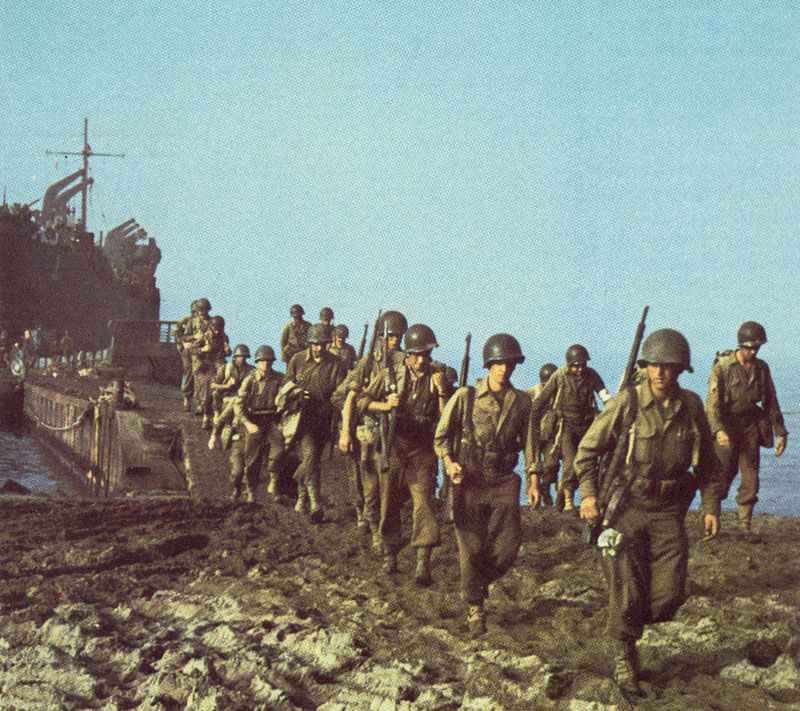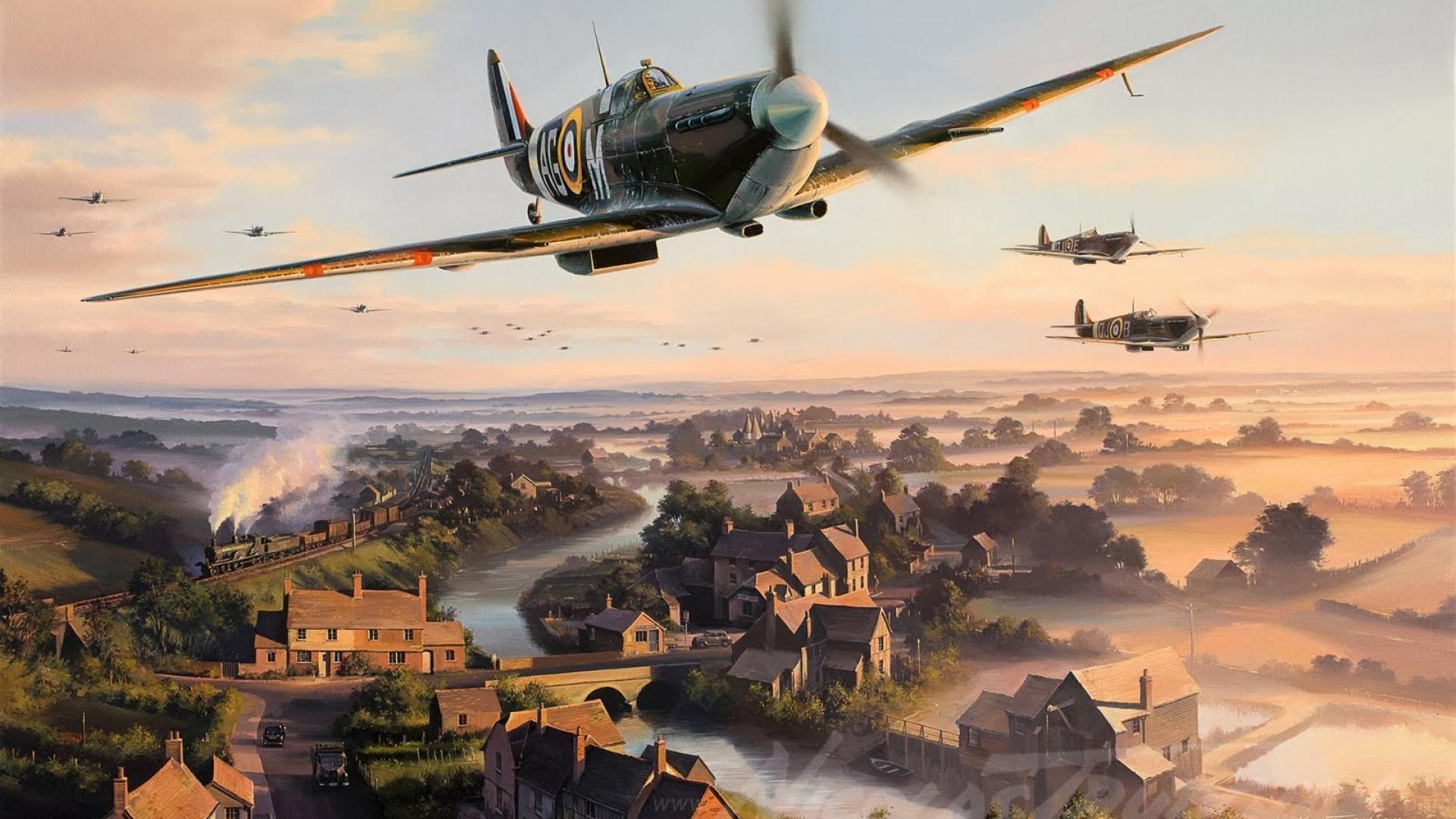The iconic Willys MB and Ford GPW, collectively known as the WWII Jeep, represent more than just a vehicle; they symbolize American ingenuity, resilience, and freedom. These rugged machines served tirelessly on every front, from the muddy fields of Europe to the scorching sands of the Pacific. Today, restoring these historic vehicles is a passion for many, connecting them to a pivotal moment in history. But embarking on such a project requires understanding the intricacies of sourcing and working with WWII Jeep parts. This guide provides a comprehensive overview of WWII Jeep parts, covering everything from identifying original components to navigating the modern marketplace.
Why WWII Jeep Parts Matter
Restoring History: A Comprehensive Guide to WWII Jeep Parts
Restoring a WWII Jeep isn't simply about fixing a vehicle; it's about preserving a piece of history. Using authentic or period-correct parts is crucial for maintaining the Jeep's historical accuracy and value. Original parts tell a story, connecting the vehicle to the soldiers who relied on it. Furthermore, using correct parts ensures the vehicle functions as it was originally intended, providing an authentic driving experience. While modern replacement parts are readily available, they often lack the charm and historical significance of their WWII counterparts. The pursuit of original parts, therefore, becomes an integral part of the restoration journey.
Delving into the Essential Components: Key WWII Jeep Parts Categories
The WWII Jeep comprised thousands of individual parts, each playing a crucial role in its operation. Categorizing these parts helps streamline the restoration process. Here's a breakdown of some key categories:
- Engine Components: This category encompasses everything related to the Jeep's L134 "Go-Devil" engine, including the block, cylinder head, pistons, crankshaft, camshaft, valves, carburetor, distributor, and fuel pump. Sourcing original engine components can be challenging, as many were subjected to heavy use during the war.
- Transmission and Drivetrain: This includes the transmission, transfer case, axles, differentials, and driveshafts. These components are responsible for transferring power from the engine to the wheels. The robustness of the WWII Jeep's drivetrain is legendary, but wear and tear is inevitable.
- Body Panels and Frame: This category includes the Jeep's iconic body panels (hood, fenders, windshield, tub), as well as the frame that supports the entire vehicle. Rust and corrosion are common issues, often requiring significant repair or replacement.
- Electrical System: This encompasses the wiring harness, generator, starter, battery, lights, and gauges. The WWII Jeep's electrical system was relatively simple but essential for its operation.
- Brakes and Steering: This includes the brake drums, shoes, cylinders, master cylinder, steering box, tie rods, and drag link. Ensuring the Jeep's braking and steering systems are in good working order is crucial for safety.
- Wheels and Tires: The WWII Jeep typically used non-directional military tires mounted on steel wheels. Finding original tires can be difficult, but reproduction tires are readily available.
- Accessories: This category includes a wide range of accessories, such as the jerrycan, shovel, axe, first aid kit, and machine gun mount. These accessories added to the Jeep's versatility and functionality.

Sourcing WWII Jeep Parts: Navigating the Marketplace

Finding WWII Jeep parts can be a rewarding but challenging endeavor. Several avenues exist for sourcing these components:
- Online Marketplaces: Websites like eBay, Craigslist, and specialized Jeep parts vendors are valuable resources for finding both original and reproduction parts.
- Jeep Shows and Swap Meets: These events bring together enthusiasts and vendors, offering a wide selection of parts and an opportunity to connect with other restorers.
- Antique Auto Parts Suppliers: Many suppliers specialize in hard-to-find parts for vintage vehicles, including WWII Jeeps.
- Military Vehicle Collectors: Connecting with other collectors can lead to valuable insights and potential sources for parts.
- Junkyards: While rare, occasionally you can stumble upon a Jeep in a junkyard that has parts that are salvageable.

Tips for Buying WWII Jeep Parts
- Do Your Research: Before purchasing any part, research its original specifications and markings. This will help you identify authentic components and avoid buying incorrect or misrepresented parts.
- Inspect Parts Carefully: Thoroughly inspect parts for damage, wear, and corrosion before making a purchase. Ask for detailed photos and descriptions.
- Compare Prices: Prices for WWII Jeep parts can vary widely depending on condition, rarity, and vendor. Compare prices from multiple sources to ensure you're getting a fair deal.
- Ask Questions: Don't hesitate to ask the seller questions about the part's history, condition, and authenticity.
- Consider Reproduction Parts: If original parts are unavailable or too expensive, consider using high-quality reproduction parts. These parts are often manufactured to the same specifications as the originals and can be a good alternative.
Potential Challenges and Solutions
- Availability: Some WWII Jeep parts are extremely rare and difficult to find. Be patient and persistent in your search.
- Authenticity: Identifying authentic WWII Jeep parts can be challenging. Consult with experts and rely on reliable sources of information.
- Cost: WWII Jeep parts can be expensive, especially original components in good condition. Set a budget and prioritize your purchases.
- Condition: Many WWII Jeep parts are in poor condition due to age and use. Be prepared to repair or restore parts as needed.
- Compatibility: Ensure that the parts you purchase are compatible with your specific Jeep model (Willys MB or Ford GPW).
A Table Price Containing All Complete Information About Ww2 Jeep Parts
| Part Category | Part Name | Original (Good Condition) | Reproduction (High Quality) | Notes |
|---|---|---|---|---|
| Engine | Engine Block | $1,500 - $3,000 | $800 - $1,500 | Prices vary based on condition and whether it needs machining. |
| Cylinder Head | $500 - $1,200 | $300 - $600 | Look for cracks and valve seat condition. | |
| Carburetor | $300 - $600 | $150 - $300 | Zenith or Carter models. | |
| Transmission | Transmission Assembly | $800 - $1,800 | $600 - $1,200 | Check for gear wear and proper function. |
| Transfer Case | $500 - $1,000 | $400 - $800 | Ensure proper shifting and no leaks. | |
| Body | Body Tub | $2,000 - $5,000 | $1,500 - $3,000 | Condition is critical; rust repair can be extensive. |
| Front Fenders (Pair) | $500 - $1,500 | $300 - $800 | Dents and rust are common. | |
| Windshield Frame | $300 - $800 | $200 - $400 | Look for pitting and rust. | |
| Axles | Front Axle Assembly | $700 - $1,500 | $500 - $1,000 | Check for bent housings and bearing wear. |
| Rear Axle Assembly | $600 - $1,200 | $400 - $800 | Same as above. | |
| Electrical | Wiring Harness | $200 - $400 (NOS) | $100 - $200 | Critical for safety and function. |
| Generator | $200 - $500 | $150 - $300 | Test before purchase. | |
| Brakes | Brake Drum (Each) | $50 - $150 | $40 - $80 | Look for cracks and wear. |
| Master Cylinder | $100 - $300 | $80 - $150 | Replace for safety. | |
| Wheels & Tires | Wheel (Each) | $50 - $150 | $40 - $80 | Look for rust and dents. |
| Tire (Military Style) | N/A (New Only) | $150 - $300 (Each) | No original tires available, only reproductions. | |
| Accessories | Jerry Can (Original) | $100 - $300 | $50 - $100 (Reproduction) | Condition and markings affect price. |
| Shovel/Axe (Original) | $50 - $150 (Each) | $30 - $80 (Each, Reproduction) | Condition of wood and metal matters. |
Note: These prices are estimates and can vary depending on the specific part, its condition, the seller, and market demand. "NOS" refers to "New Old Stock."
Frequently Asked Questions (FAQ)
- Q: How can I tell if a part is original WWII vintage?
- A: Look for specific markings, date codes, and manufacturer stamps. Consult reference materials and online forums for guidance.
- Q: Are reproduction parts as good as original parts?
- A: High-quality reproduction parts can be a good alternative to original parts, especially if the originals are unavailable or too expensive. However, be sure to research the manufacturer and read reviews before purchasing.
- Q: Where can I find reliable information about WWII Jeep restoration?
- A: Several online forums, books, and clubs are dedicated to WWII Jeep restoration. These resources can provide valuable information and support.
- Q: Is it possible to completely restore a WWII Jeep?
- A: Yes, it is possible to completely restore a WWII Jeep, but it requires significant time, effort, and financial resources.
- Q: What is the most challenging aspect of restoring a WWII Jeep?
- A: Sourcing authentic parts and dealing with rust and corrosion are often the most challenging aspects of restoring a WWII Jeep.
- Q: Should I restore my Jeep to original factory condition or modify it?
- A: This depends on your personal preference and goals. Restoring to original condition preserves historical accuracy, while modifications can improve performance or functionality. However, modifications will detract from the Jeep's historical value.
Conclusion: A Journey Through Time
Restoring a WWII Jeep is more than just a mechanical endeavor; it's a journey through time, connecting you to the past and honoring the sacrifices of those who served. While sourcing parts can be challenging, the rewards of preserving this iconic vehicle are immeasurable. By carefully researching, inspecting, and selecting the right parts, you can ensure that your WWII Jeep remains a tangible reminder of American history for generations to come. The rumble of the engine, the feel of the steering wheel, and the sight of the Jeep conquering any terrain – these are experiences that connect you to a bygone era and solidify the WWII Jeep's place as a true American icon.
0 comments